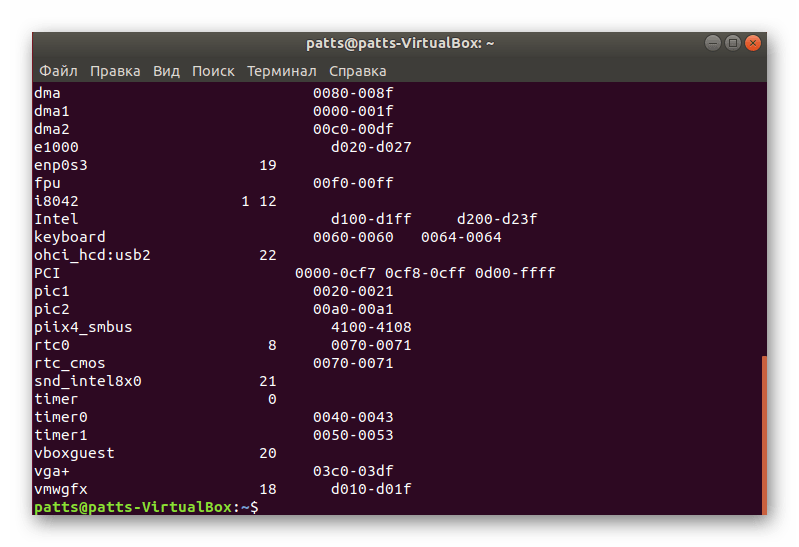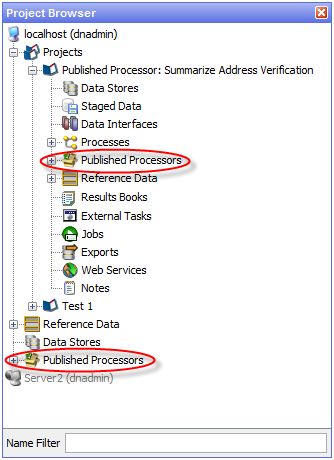

This is the closet tool to CPU-Z app on Linux. cpuid command Dump CPUID information for each CPU. x86info command Show x86 CPU diagnostics. Perhaps the italicised section near the top of the related documentation is pertinent. lscpu command Show information on CPU architecture. Why Here is the part of content in cpuinfo: processor : 0 vendorid : GenuineIntel cpu family : 6 model : 85 model name : Intel (R) Core (TM) i9-9980XE CPU 3.00GHz stepping : 4 microcode : 0x200005e cpu MHz : 1200.143 cache size : 25344 KB physical id : 0.
#Less proc cpuinfo free
I could be wrong as I have no experience with the hardware on the RPi so feel free to chastise my knowledge level. But it shows that the CPU has only 15 cores in /proc/cpuinfo as well as in htop.
#Less proc cpuinfo software
I'm wondering if the OS is reporting the wrong chip version which could be causing the software to have issues. However the RPi3B should have a BCM2837 which is 2 generations newer but it's reporting BCM2835 also. suggest that the RPi1B should have a BCM2835. More Learning Resourcesįor product documentation, visit Oracle Help Center.Features : half thumb fastmult vfp edsp neon vfpv3 tls vfpv4 idiva idivt vfpd32 lpae evtstrm crc32 Additionally, visit /learning-explorer to become an Oracle Learning Explorer.įor product documentation, visit Oracle Help Center. To immediately enable changes added to files in /etc/sysctl.d/.conf, run sysctl -p /etc/sysctl.d/.conf, providing the file name.Įxplore other labs on /learn or access more free learning content on the Oracle Learning YouTube channel.For instance, cpuinfo contains the CPU information. As for the files, most have the name representing their purpose. The numbers represent the PIDs for processes. In the previous output, you will note there are numbers and files. Values that are added to these files take effect each time the system boots. To view all the files contained, you can use the ls command: ls / proc.To preserve custom settings, add them to a /etc/sysctl.d/.conf file.Changes that are made by using both echo and sysctl are lost when the system is rebooted.Also where needed, enter “ q” to terminate output and return to the prompt.Īs the root user, use the ls command to display the contents of the /proc directory. Where needed, scroll through output using navigation keys such as Page Up and Page Down. In this section, you explore the proc file system (directory), view various files and directories that represent the current state of the kernel, and change the value of current settings. At the /etc/sysconfig/network entry, notice some of the variables initialized in this file.Continue to view the /etc/sysconfig entries in this file.Press n (lowercase for “next”) to display the next instance of the string.While viewing the file using the less command, use the slash ( /) key followed by etc/sysconfig to search for this string.Search the contents of the sysconfig.txt file for /etc/sysconfig. And, you make changes to files and observe the effect of the changes.Īs the root user, use the cd command to change to the /etc/sysconfig directory, and then use the ls command to explore the contents of it.

You view documentation that describes the entries in the directory. You see that many initialization scripts derive values from files in the directory. In this section, you explore the /etc/sysconfig directory and selected files in it. Note: When using the free lab environment, see Oracle Linux Lab Basics for connection and other usage instructions.
#Less proc cpuinfo driver
View hardware device and device driver attributes.This tutorial is targeted at users of Oracle Linux 8 or later. The following tutorial provides step-by-step procedures to modify system configuration files, view and modify kernel settings, and discover hardware device and device driver attributes. When completing your lab, substitute these values with ones specific to your cloud environment.Ĭonfigure System Settings on Oracle Linux Introduction It uses example values for Oracle Cloud Infrastructure credentials, tenancy, and compartments.

This tutorial is available in an Oracle-provided free lab environment.


 0 kommentar(er)
0 kommentar(er)
